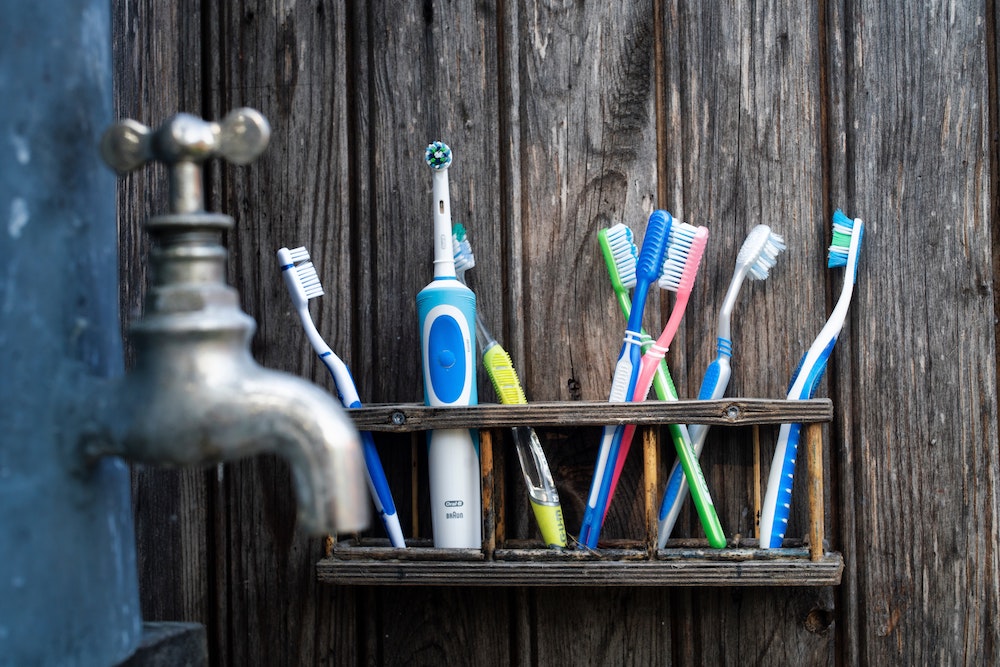
Are your gums infected?
October 4, 2018
8 Toothbrushing Mistakes & How to Fix Them
November 14, 2018As the name suggests, dental bridges are designed to bridge gaps between healthy teeth where one or more teeth may be missing. At least two dental visits are usually required to fit all three types of dental bridges, and patients must have good oral health and strong bone support in the jaw to wear them well. Those who have poor dental hygiene habits may not be good candidates for dental bridges, because fitting them requires the removal of some protective tooth enamel, which certain patients can’t afford to lose.
Traditional Bridges
Traditional bridges consist of two abutment teeth and one or more pontic teeth between them. “Abutment teeth” is the name dentists give the natural teeth that receive crowns in a dental bridge, whereas “pontic teeth” are the false teeth that the abutment teeth support. Traditional bridges are the most common types of dental bridges, according to Cleveland Clinic, and are usually made of ceramic or porcelain fused to metal.
Cantilever Bridges
Sometimes natural teeth are only present on one side of a missing tooth, in which case dentists may fit cantilever bridges. Although they’re similar to traditional bridges, wherein the pontic teeth are attached to natural teeth through crowns, cantilever bridges are attached on just one side.
Maryland Bridges
Also called resin-bonded bridges, Maryland bridges are usually recommended for replacing lost teeth at the front of the mouth. In this restoration, pontic teeth are fused to metal bands, which are then fixed to the abutment teeth with resin cement. Keep in mind Maryland bridges aren’t as strong as traditional bridges, and thus have a higher failure rate if used for more than one tooth.
Caring for Dental Bridges
All three types of dental bridges require the same high level of oral care. The American Academy of Cosmetic Dentistry suggests preparing abutment teeth for dental bridges makes them vulnerable to plaque and decay, and the surrounding gum is also more likely to develop gum disease. Food can also become caught in bridges. To prolong your bridge’s lifespan despite these complications, brush with a soft-bristled toothbrush. It also helps to use a toothpaste such as Colgate Total® Advanced Deep Clean which helps prevent plaque, tartar build-up and gingivitis. Cleveland Clinic states dental bridges last from five to seven years, but with good care, you can see yours last over a decade or longer.
Your dentist or dental hygienist can show you how to effectively clean bridges along with the rest of the mouth during your recommended professional cleaning every six months. In the meantime, avoiding starch, sugar and hard, sticky snacks such as nuts, caramel and popcorn also helps to keep things clean.
Dental bridges play an important role in preventing problems that can result from missing teeth. While keeping the surrounding teeth from moving out of position, they also perfect the smile and help patients chew and speak properly. With a dental bridge to suit most dental needs, there’s no reason not to have the best type fitted for you.



